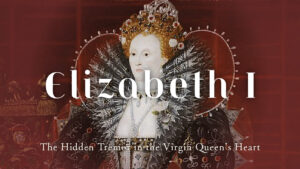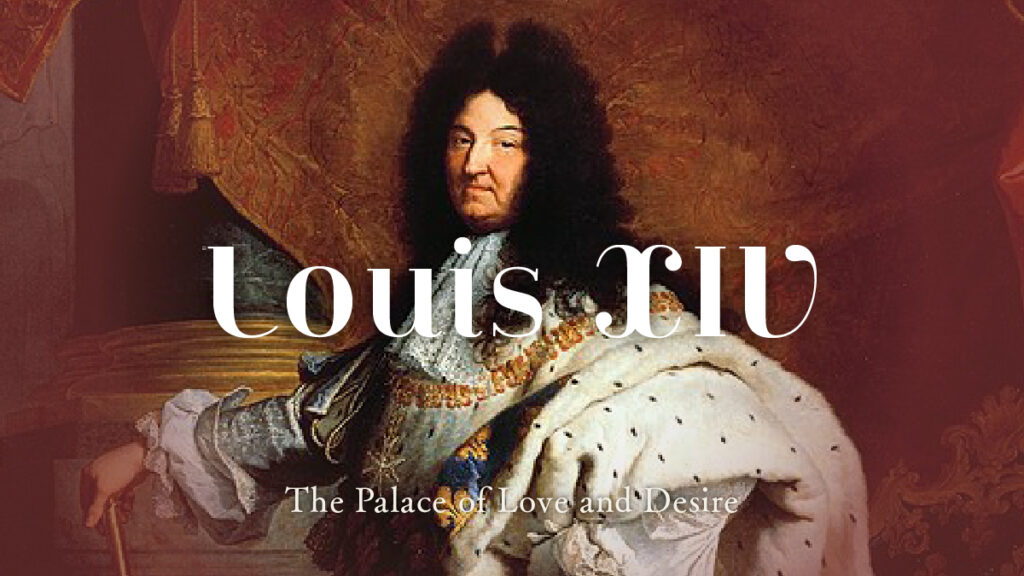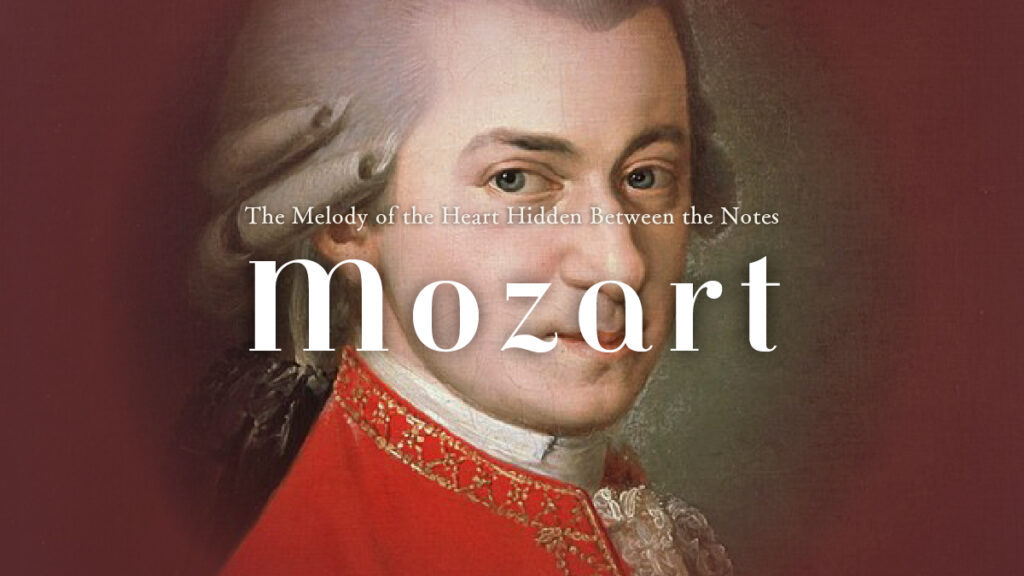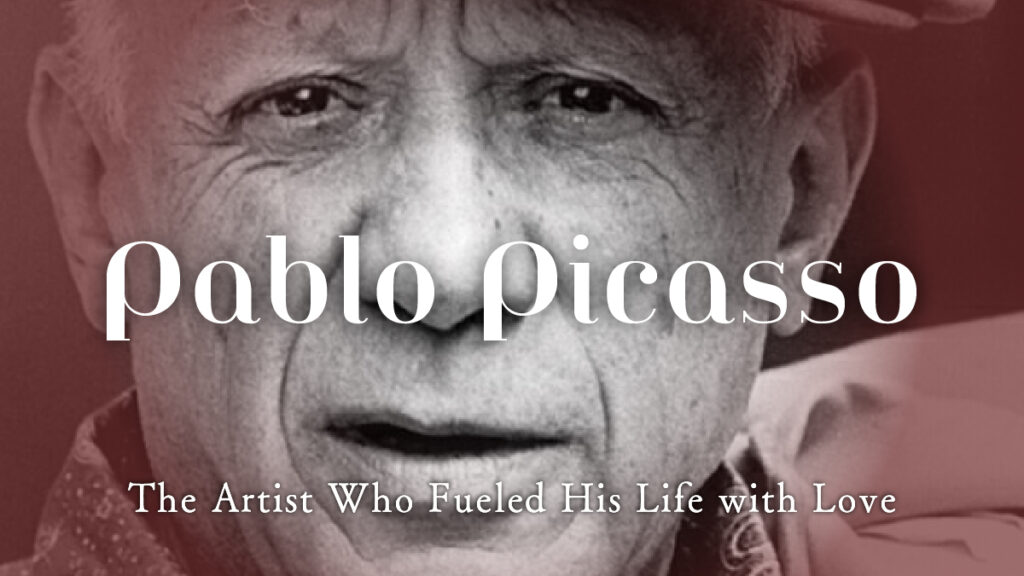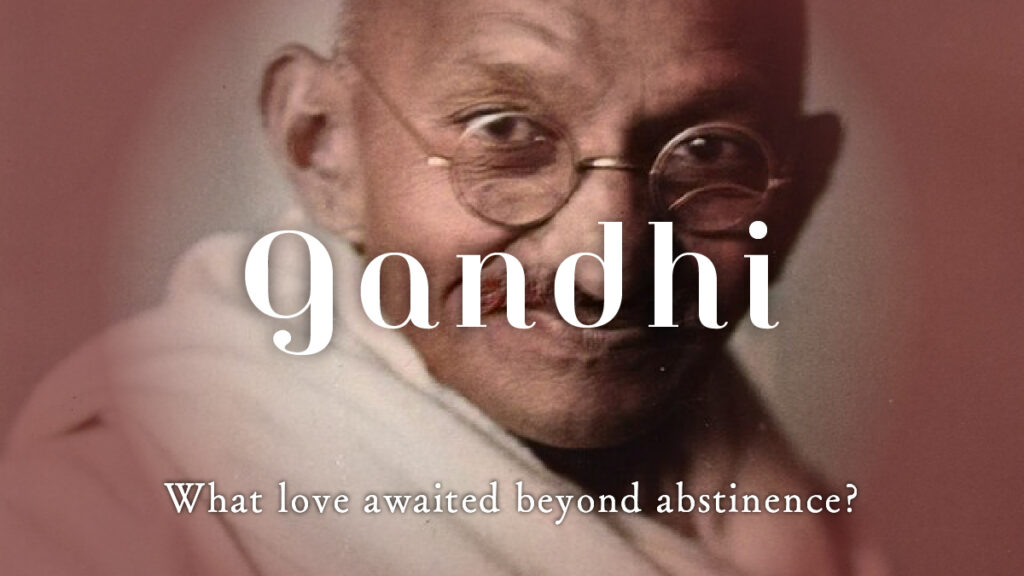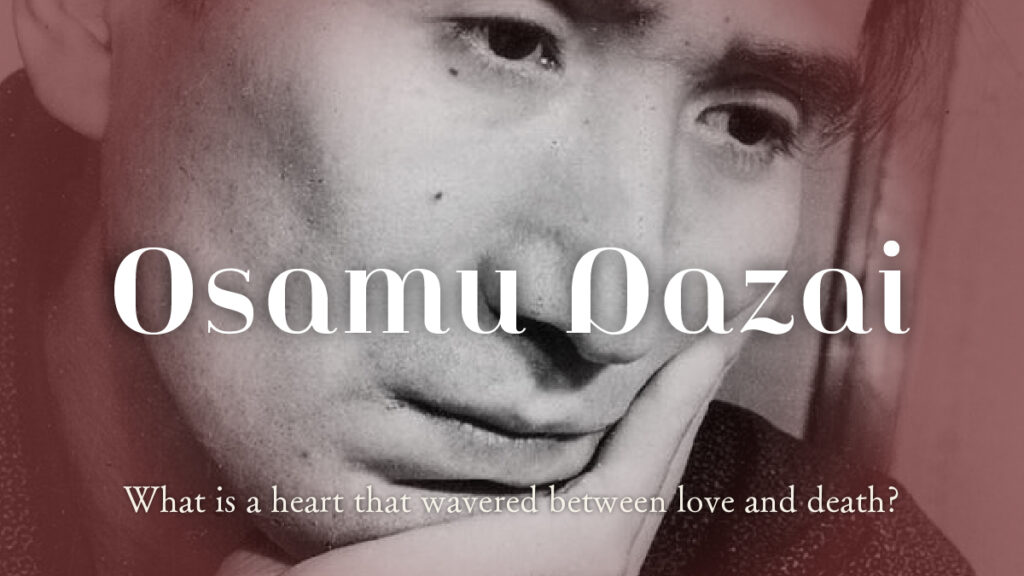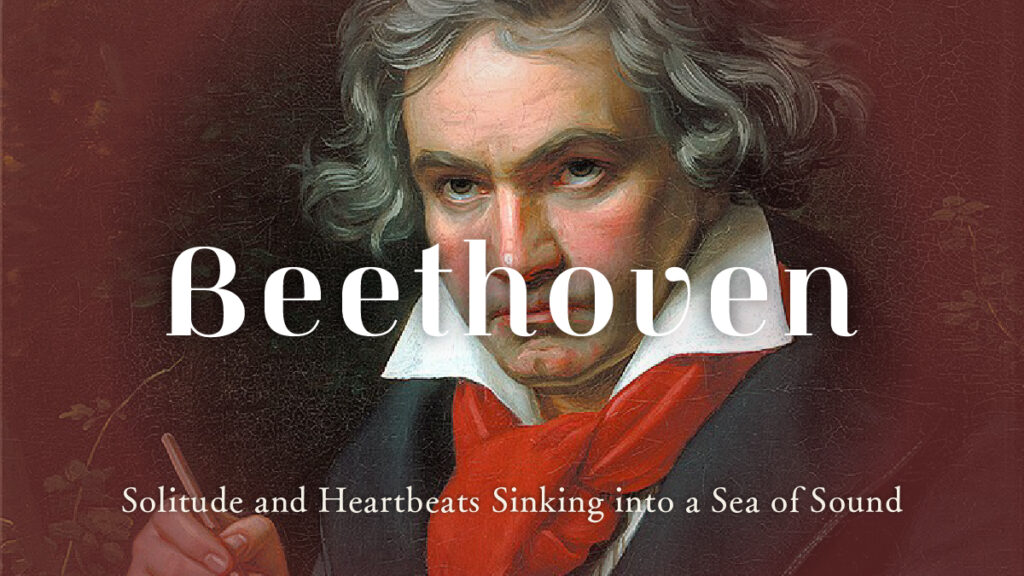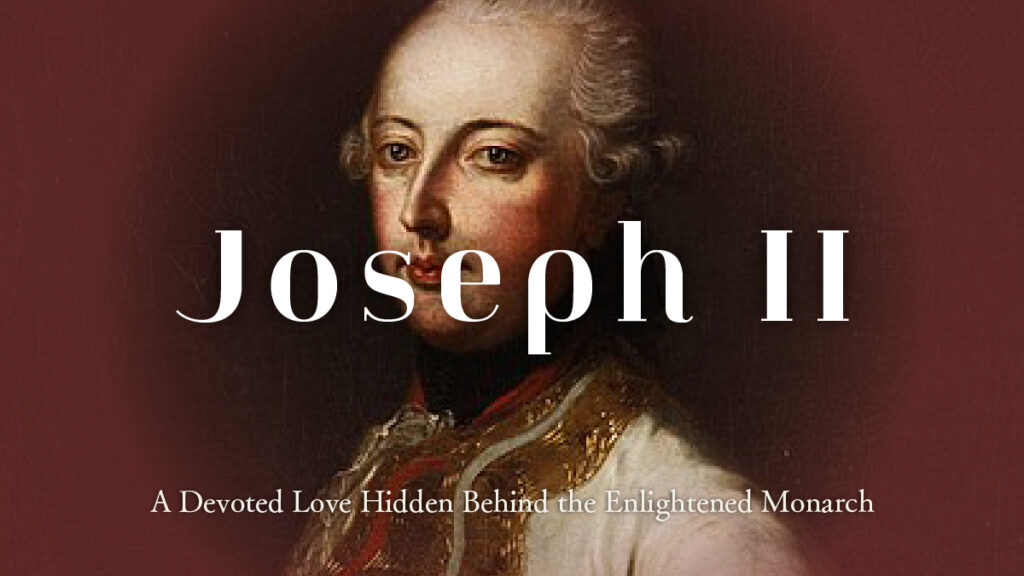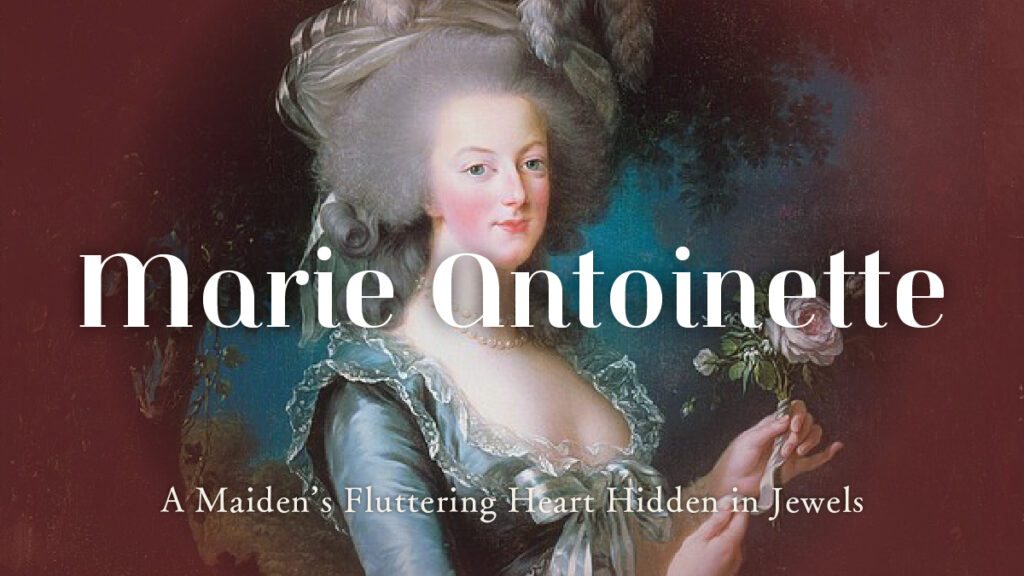Marie Antoinette’s View of Love|What Secret Longing Hid Beneath the Queen’s Jewels?
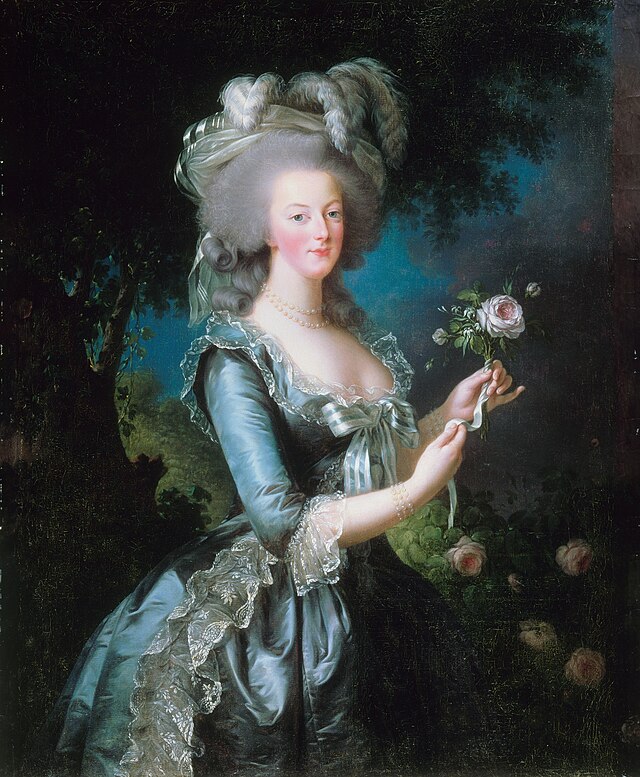
Born in Austria, and forever remembered in the storm of the French Revolution—
Marie Antoinette.
She is often spoken of merely as a “symbol of waste and extravagance.”
Yet if we trace her life carefully, behind the dazzling gowns and the glittering balls of Versailles, we can glimpse the wavering of a woman, her confusions and her romances, flickering like a faint flame.
The role she played in history was weighty, even tragic.
But this time, rather than the queen swept up in the whirlpool of politics, let us pursue her as a woman swayed by love.
Let us unravel the history of Marie Antoinette’s romances.
Between Music and Restraint in Young Vienna
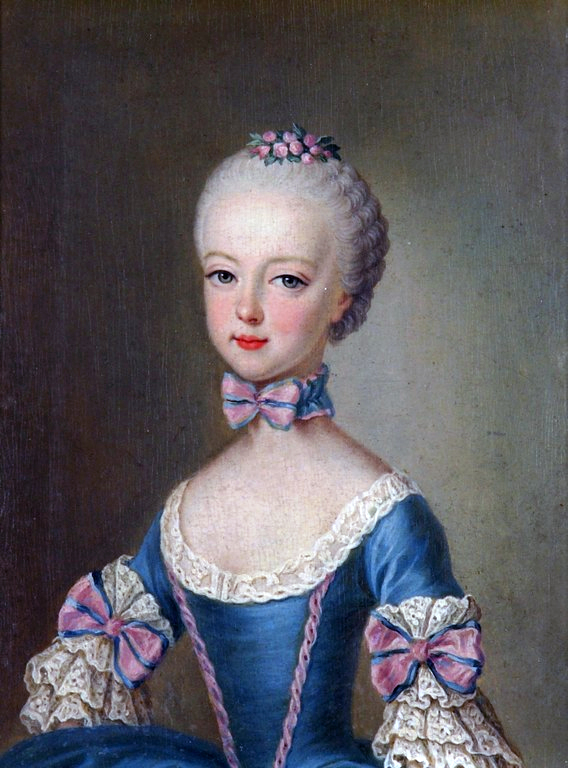
A Girl Nurtured by Music
In 1755, at the Hofburg Palace in Vienna,
Marie Antoinette was born as the 15th child of Maria Theresa, ruler of the Austrian Empire.
As the youngest among 15 siblings, she was, in her mother’s eyes, a “pawn” for diplomacy and statecraft. She received abundant affection from her family, yet carried the burden of national expectation.
In her childhood, there was no trace of the “tragic queen swallowed by revolution.”
She played the piano with her small hands; an anecdote even tells how she once improvised with the six-year-old prodigy Mozart.
Music, for her, was a door that softly connected her to the world.
A Strict Mother and a Girl’s Freedom
Maria Theresa was a strict mother, emphasizing manners and deportment more than reading, writing, or foreign languages. She demanded beauty and gentleness fit for a noble bride.
At the same time, records suggest Antoinette’s academic abilities were not remarkable. She struggled with French grammar, found history and politics tedious, and thrilled instead at courtly dances and decoration.
In short, she was a girl who longed for the glow of the ballroom more than the confines of a study desk.
The Budding of First Love — A Secret Exchange of Glances
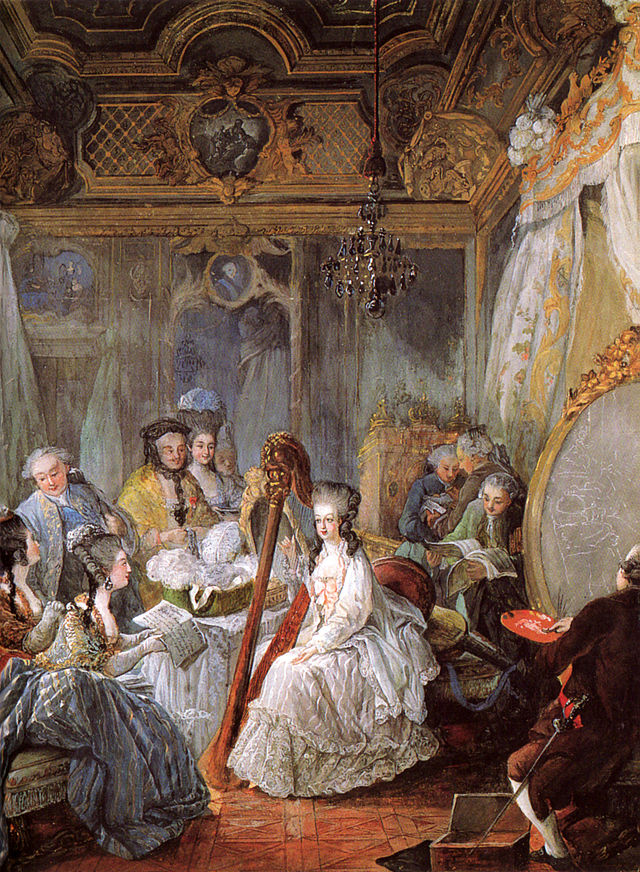
In the Corridors of the Palace
For her teenage self, love was still something distant. Yet as she grew, she began to sense the new world of “a man’s gaze.”
At 14, rumor has it she held a faint affection for a young musician at court.
Slightly older than she, his white fingers playing the violin may well have set her heart racing.
Of course, it was unthinkable for a princess to grow close to a musician. Yet a fleeting glance, a smile shared after a silence longer than usual—these spoke louder than words and stirred her heart.
This small thrill, scarcely recorded, was perhaps that “almost first love” everyone experiences. For Antoinette, it may have been the moment she realized: I am not only a pawn, but a girl of my own.
“Duty” Before Love
But there was little time to savor sweet infatuation.
At 15, her mother Maria Theresa decided her daughter’s husband would be the French Dauphin, Louis (later Louis XVI)—a grand political marriage to unite Austria and France, once bitter enemies.
What awaited the girl awakening to love was not a romantic tale, but a mission that would change history.
The Trembling of Youth — Setting Out as a Bride
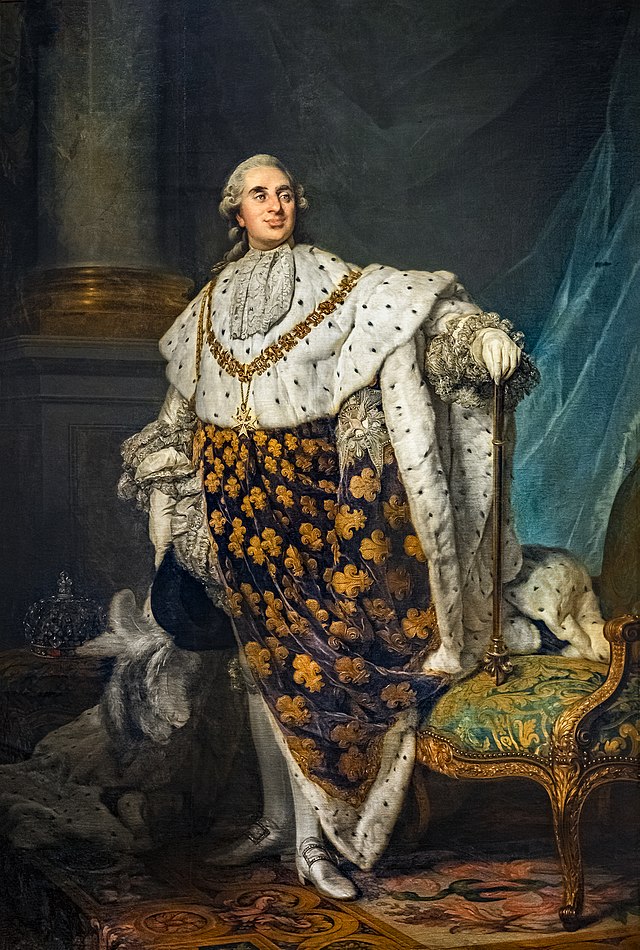
The Night of the Bridal Procession
In May 1770, at 14,
Antoinette left Vienna to join the procession of her bridal entourage.
In her heart mingled girlish expectation with a nameless anxiety. Leaving her motherland for France, heading to a boy she scarcely knew.
“Will he love me?”
“Or will I fade, merely a tool of politics?”
Staring at her reflection in the carriage window, she may have repeated those questions deep within.
Between Love and Politics
At Versailles, Antoinette was formally betrothed to the Dauphin Louis (15 at the time). Their ages were scarcely a year apart, yet their personalities were worlds apart.
She was bright, sociable, and drew people to her in the ballroom.
He was shy, taciturn, absorbed in solitary pursuits like hunting and lock-making.
Their first supper together was awkward, more “a dialogue of those resigned to destiny” than the spark of love.
At 14 and 15, it would take time for love to outweigh the gravity of politics.
A Loveless Marriage
At 18, Antoinette became Queen of France.
Yet her nights remained long cloaked in silence.
For years from their wedding night, no proof of love ever entered the queen’s chamber.
Louis was kind and sincere, but his interests lay in hunting and making locks.
When she sought closeness, he turned away, words faltering.
In a dynastic marriage, the greatest duty was to bear an heir.
Thus, the cold gaze of the court pierced her heart.
Even surrounded at the ballroom, once she returned to her chamber only hollow silence awaited.
Unloved as wife and woman, her solitude drove her to thirst for the “fire of love.”
A Heart Seeking Love and the Bedchamber of Politics

The Meeting with Count Fersen
At 18, before the young queen appeared a young nobleman:
Axel von Fersen, of Sweden. The two were born the same year, and quickly found affinity.
Born in far-off lands, raised apart, yet meeting under the lights of Versailles—it seemed less chance than history’s mischief.
Antoinette still carried the air of a girl, though now a queen.
Between her and Louis there was no love, only silence, and the court’s stares for an heir. Her spirit gradually wore thin.
Fersen, however, saw her not as “queen,” but as a woman.
He discerned and embraced the insecurity beneath the dazzling gowns.
Whether their relationship was consummated, history remains silent.
But from letters left behind, under blacked-out lines, words emerged:
“I love you madly.”
A queen and a young noble—beyond forbidden stations, their hearts fevered and entwined.
To Antoinette, Fersen was perhaps the only one before whom she could lay down the burden of “queen,” and return simply to being “Marie.”
The Bed of Duty and the Birth of Motherhood
Though stirred by Fersen, the reality of Versailles was harsh.
No matter her secret thrills, the court pressed its wordless command: Produce an heir.
Under the counsel of her brother Joseph II and physicians, Louis finally took a step as husband. After years of emptiness, the night that came may have been duty more than passion.
Still, the next year, Antoinette bore her first child, Marie-Thérèse.
The warmth of that tiny body in her arms resembled the feeling of being loved—something her husband never gave.
As mother, her heart found solace, though the truth was cruel.
As wife, she was not loved. But as mother, she could love.
She bore four children in all, each birth threading duty with loneliness.
To Antoinette, her children were not only “proof for the state” but also the fragile salvation that softened the void of love.
The Queen’s Mask and the Woman’s Heart — Behind the Laughter of the Ballroom
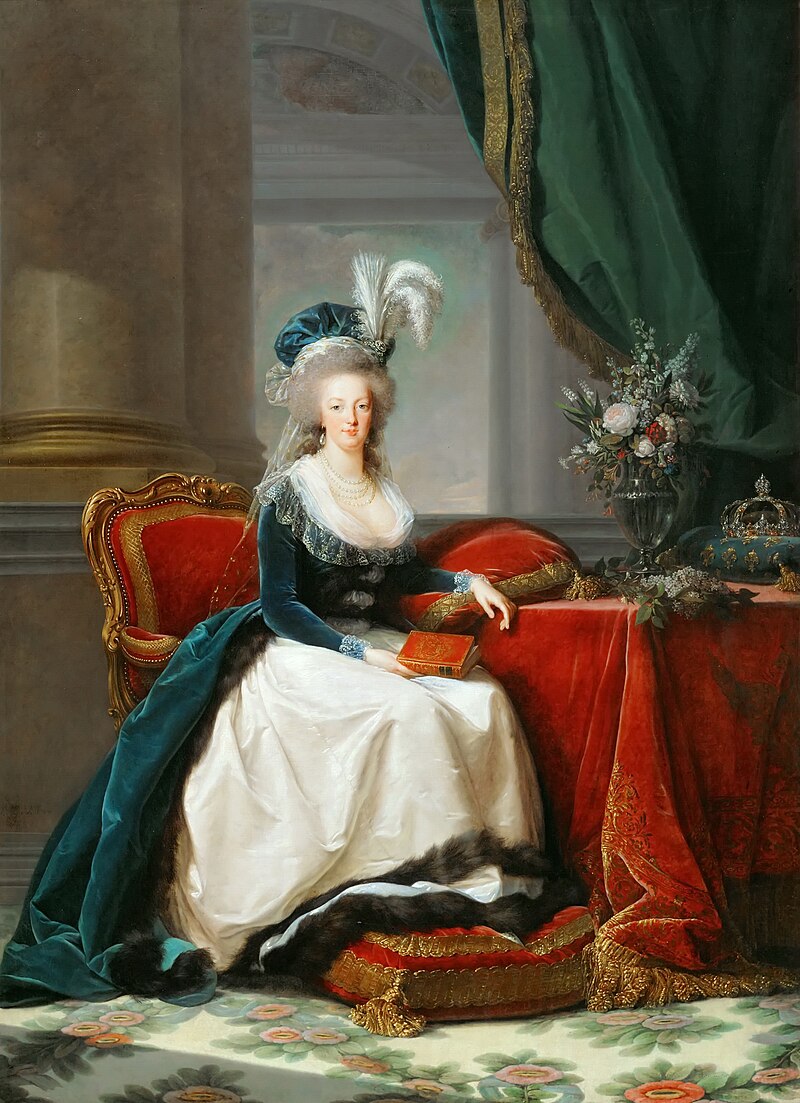
Extravagance as the Price of Love
Antoinette was mocked as the “Queen of Waste.”
Jewels, gowns, adornments—yes, she delighted in brilliance and lit up Versailles’ balls more than any.
But behind this was the peculiar air of late 18th-century France:
A state near bankruptcy, people starving, while the court reveled in splendor.
The queen’s role was to radiate, to uphold the monarchy’s aura.
Of course, her own longing played a part.
She buried her solitude in glitter, painted over her unloved heart with brilliance.
The laughter at balls, the layers of gowns, perhaps were masks to hide the absence of love.
She may well have whispered inwardly:
If I cannot be loved, then at least let me be the most beautiful, the most radiant.
A Heart Poured into Escape
In 1791, amid the storm of the Revolution, came the Flight to Varennes.
The starving people despised the court; Louis XVI’s authority crumbled.
The queen was jeered as a “foreign spy,” her life under real threat.
Thus escape was inevitable.
To save the family, a plan for flight abroad was devised.
At its core stood Fersen, her support and refuge.
In a letter to him, Antoinette wrote:
“If you command it, I will obey.”
Casting off the aura of queen, entrusting herself wholly to her beloved.
As their carriage rattled through the night, she was no queen, no “symbol of waste,” but perhaps simply a woman dreaming of a free tomorrow.
But fate was merciless.
Pursued and captured, the family was dragged back to Paris.
Longing for “love and freedom,” what confronted her was “duty and death.”
In that moment, she was both a woman living for love and the emblem of a doomed monarchy.
The failed escape cut short not only her romance, but her fate as queen.
Her Final Smile
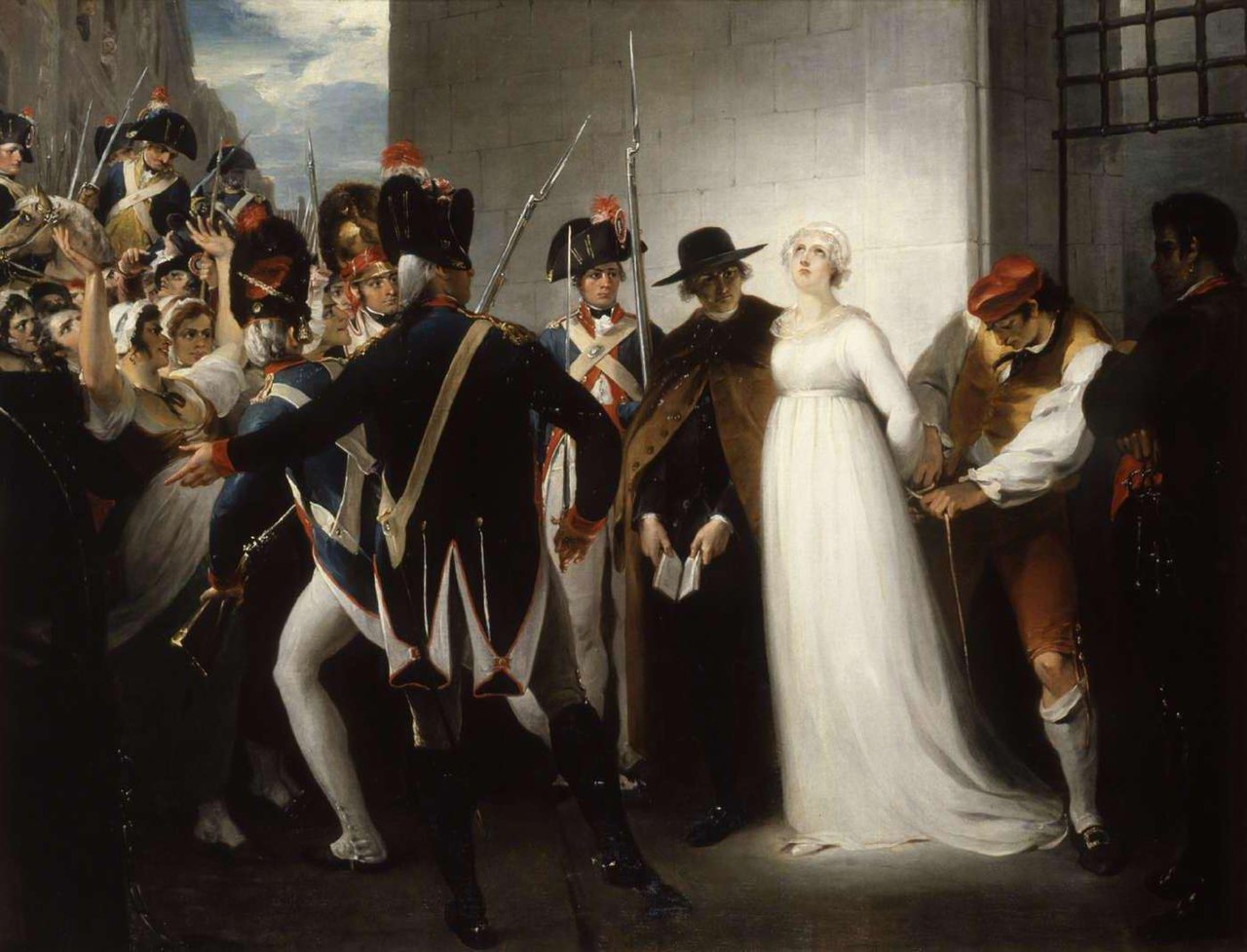
Quiet Courage
On October 16, 1793, at 37, Marie Antoinette met her day of execution.
Once the most dazzling queen of Europe’s courts, now a prisoner at the tribunal of revolution.
Her hair was shorn; clothed in white, the color stood not for defeat, but seemed to symbolize purity and dignity.
Amid jeers, she walked with composure.
Some said, for a moment, they glimpsed the queen she once was.
Mounting the scaffold, she accidentally stepped on the executioner’s foot.
Her final words were:
“Pardon me, sir, I did not do it on purpose.”
Even at death’s edge, she spared a thought for another—no longer a queen draped in illusion, but a human being laid bare.
Unloved as wife, saved by love, mother to her children, and condemned as the symbol of monarchy—
having borne it all, her last smile shone quietly, beyond history’s cruelty, as the dignity of a woman.
What was Marie Antoinette’s view on love?
To sum up Marie Antoinette’s view of love: it was a “thirst for love.”
To be loved as woman, wife, mother.
When denied, she cloaked herself in glitter, suffered from rumors, and surrendered her heart to Fersen.
Yet she was never merely a foolish woman drowned in passion.
Even in solitude, she cared for others, embraced her children, and met death with dignity.
The oft-quoted line, “Let them eat cake,” was never hers.
It was a slander attached later, a convenient fiction to justify her downfall.
The real woman sometimes felt suffocated by Versailles’ grandeur, and cared for orphans and hospitals with quiet concern.
Torn between false image and truth, hers was perhaps the most merciless fate history could bestow.
Looking back on her life, I do not see a “queen of vanity” or “symbol of waste,”
but a woman clumsy in love, carrying very human frailties.
That very clumsiness was her truth, swept away by the tide of her era—
at once sorrowful, and strangely beautiful.

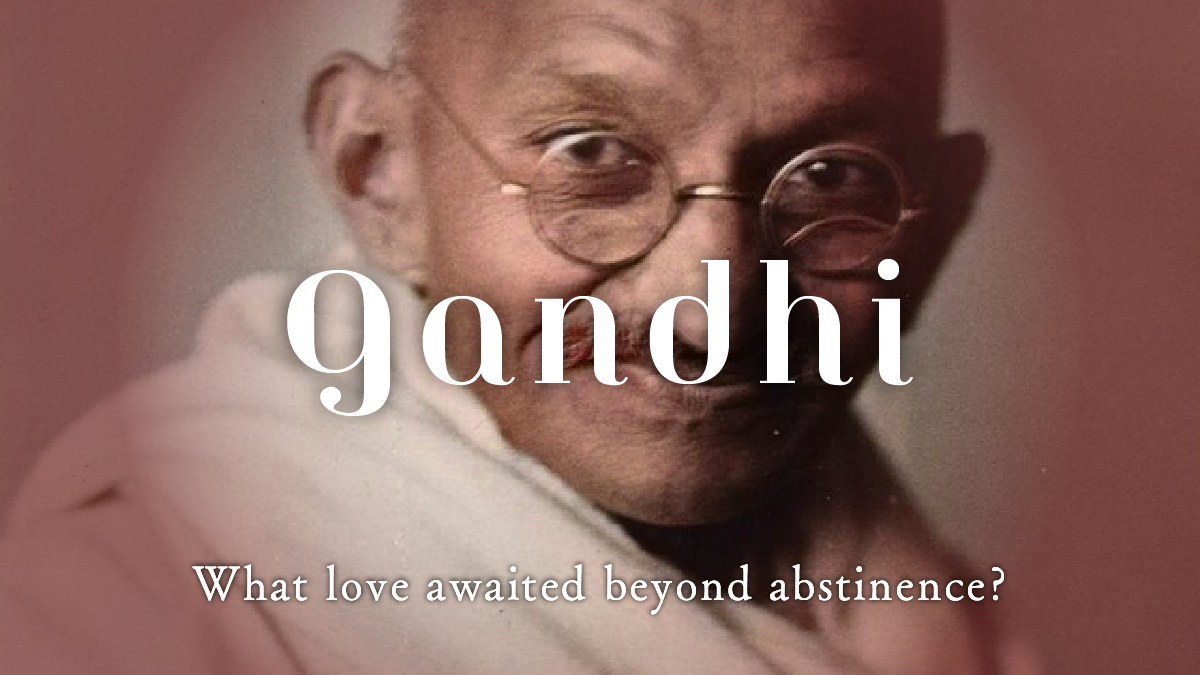
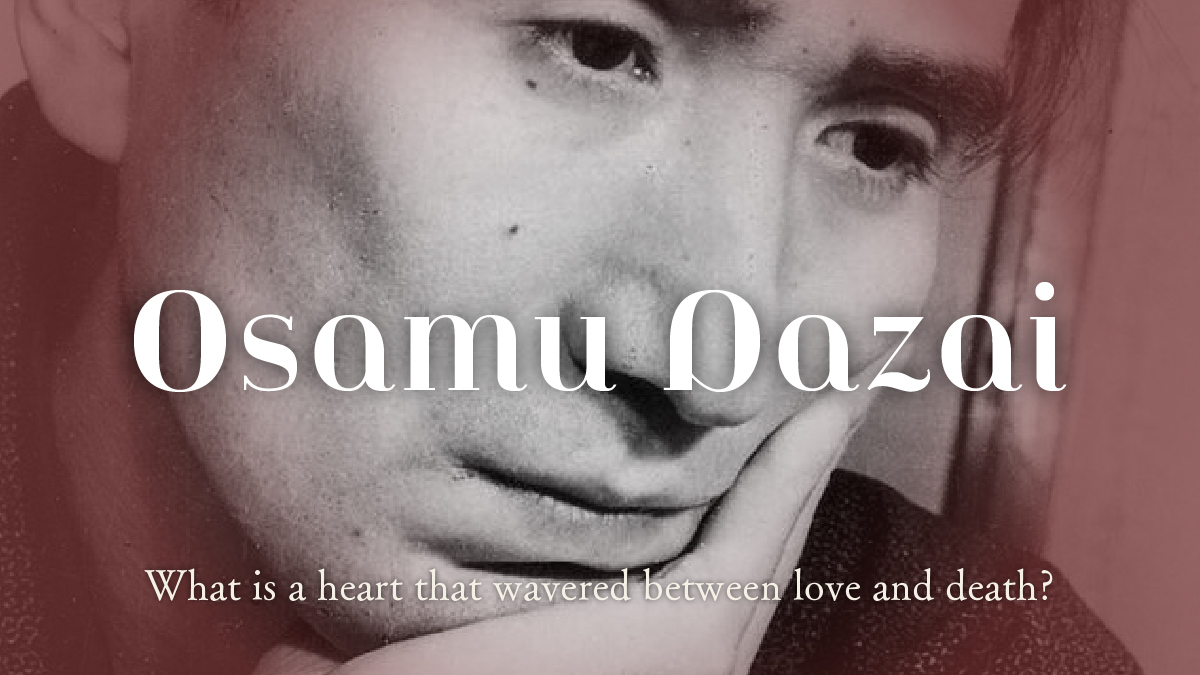
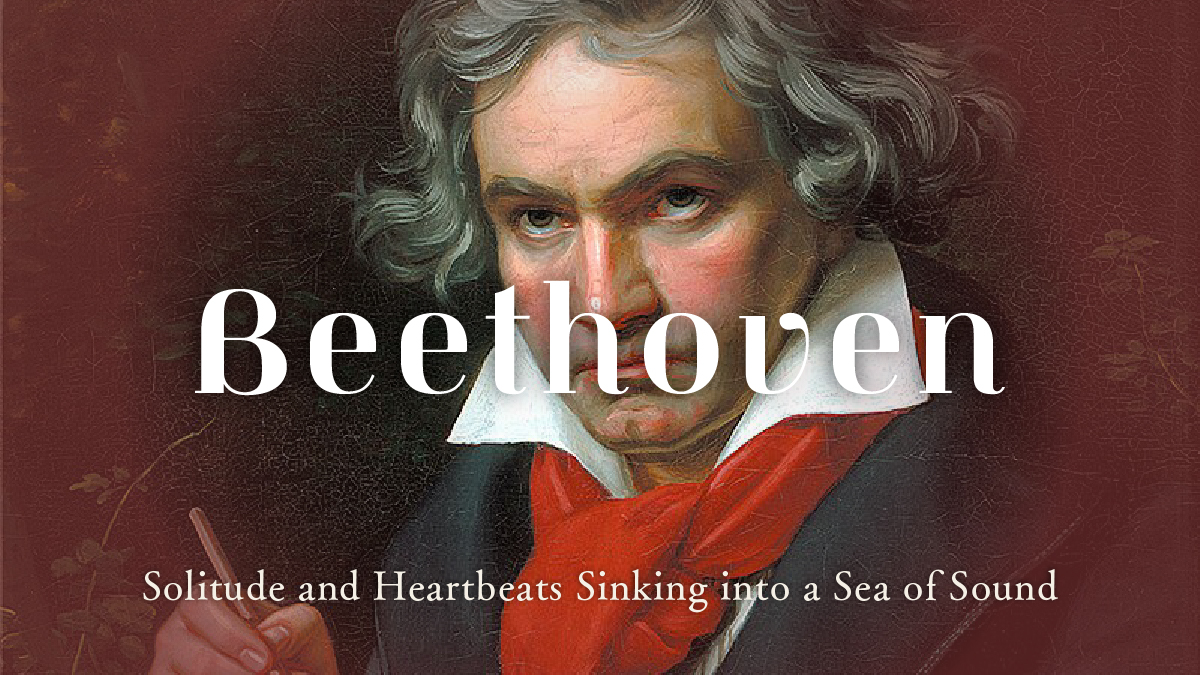
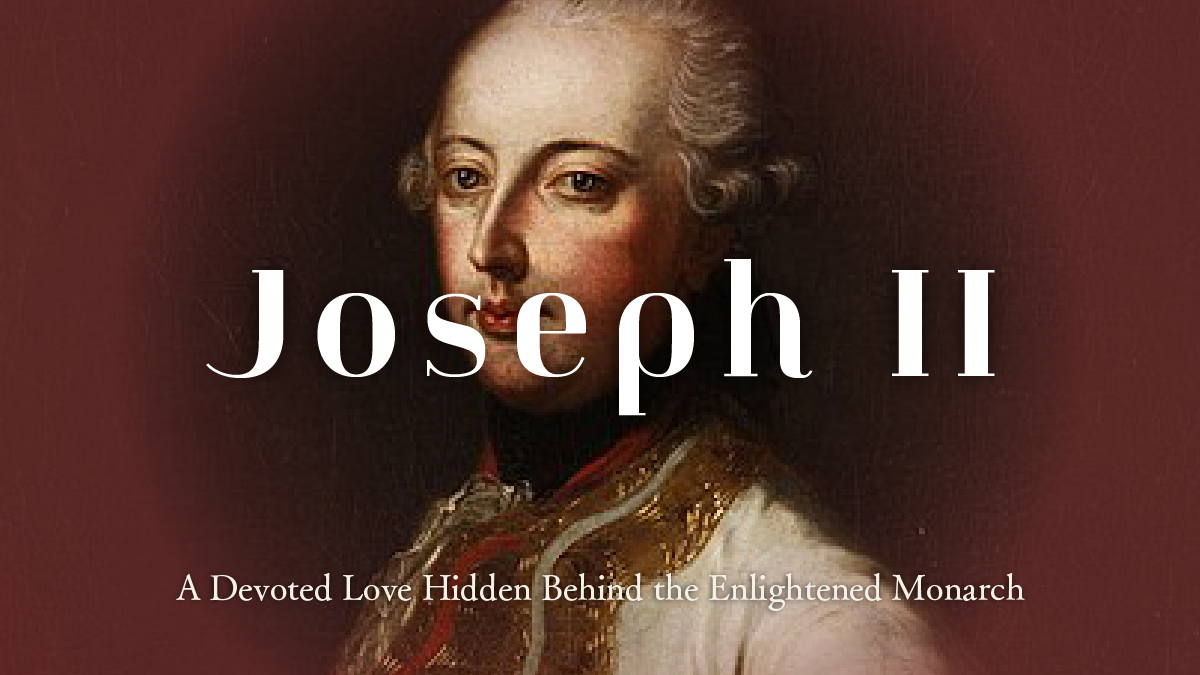
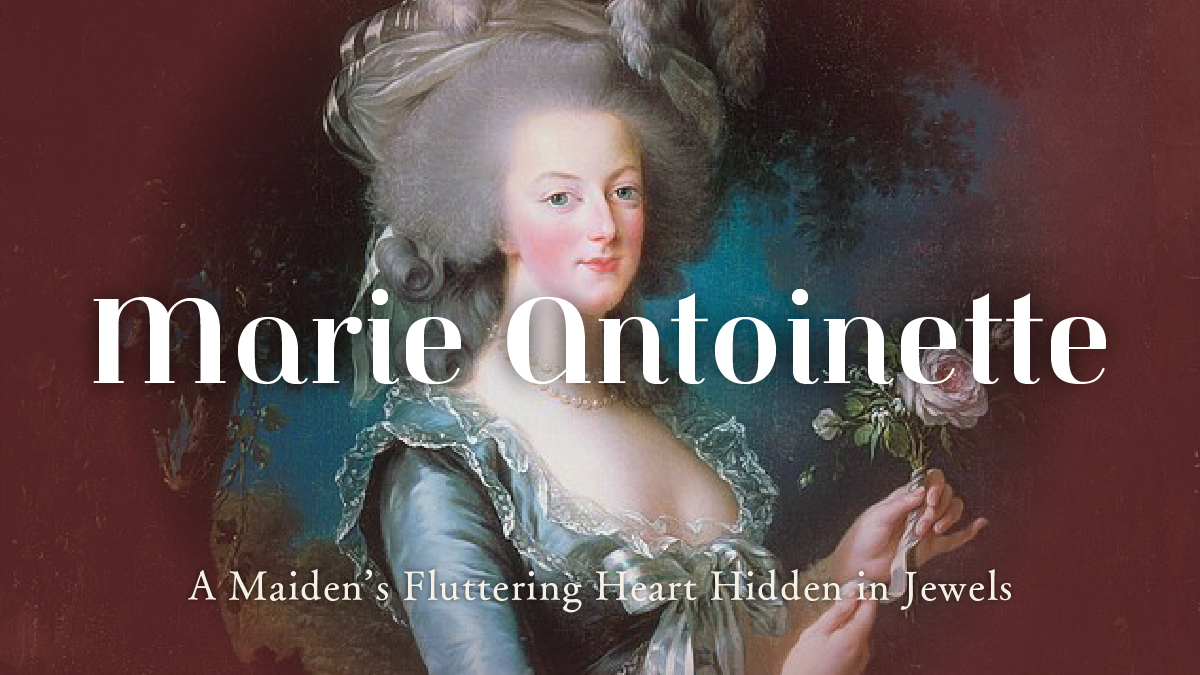
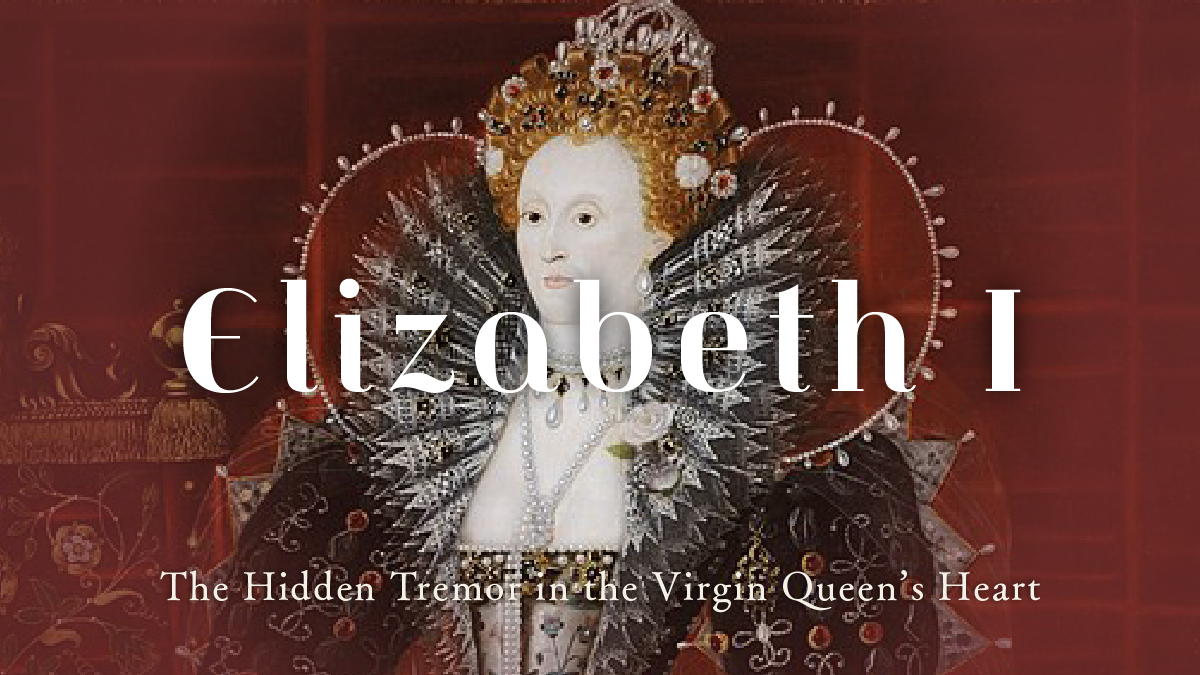
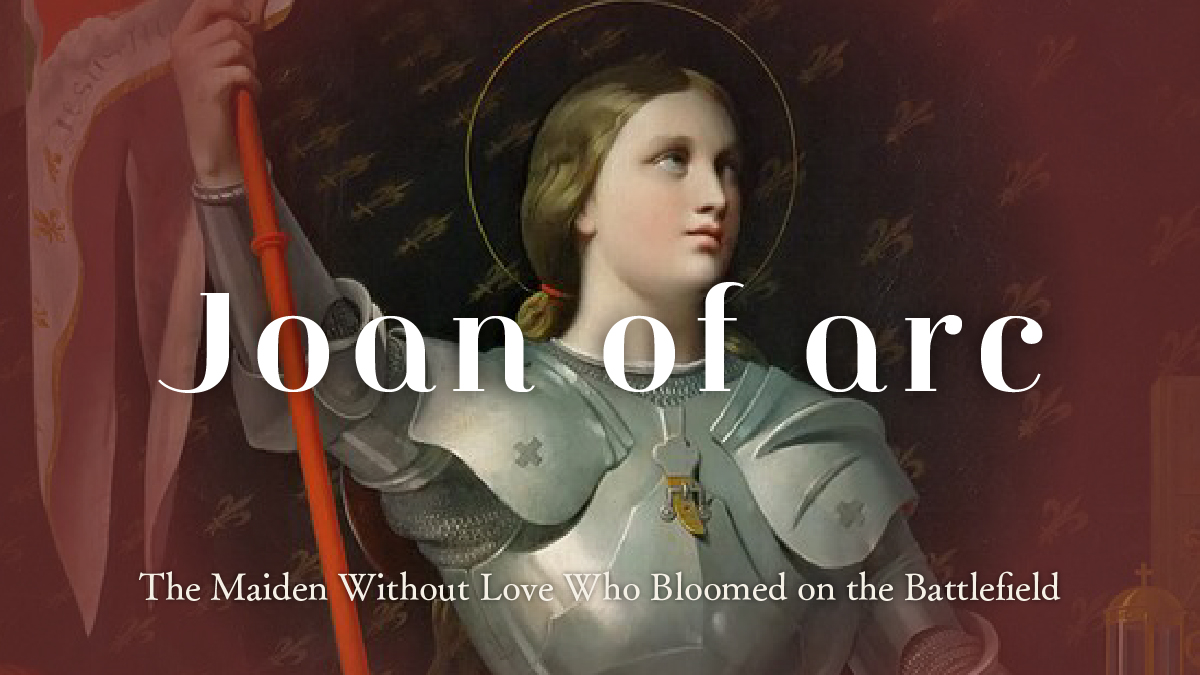
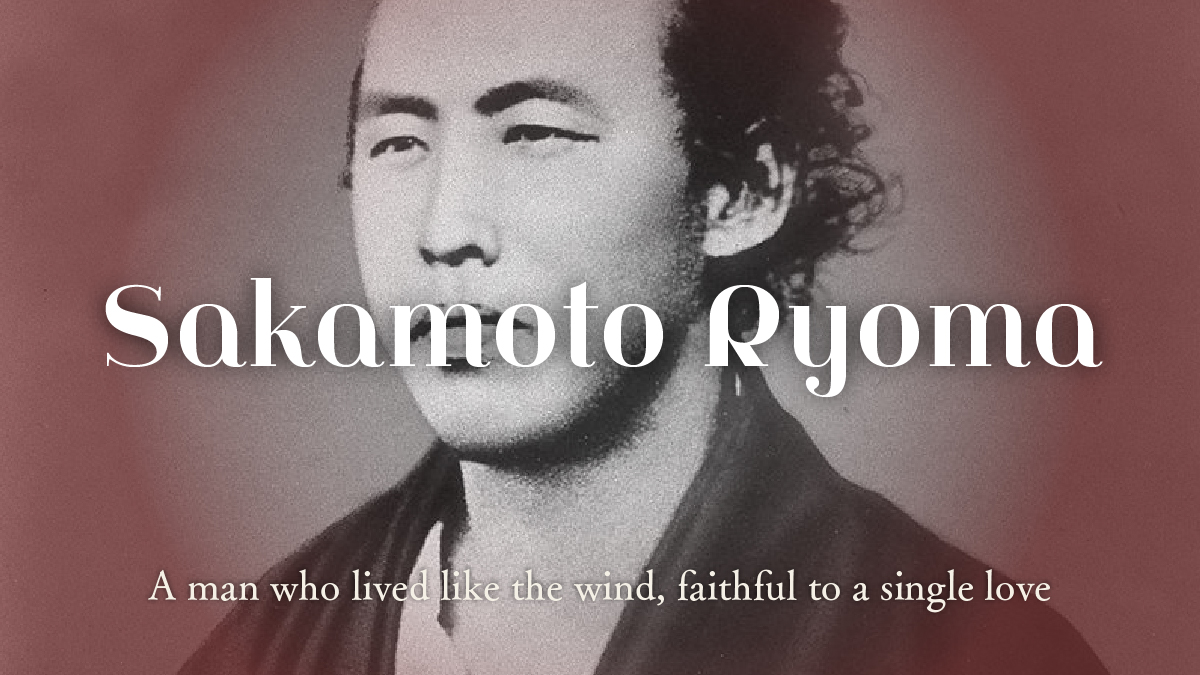
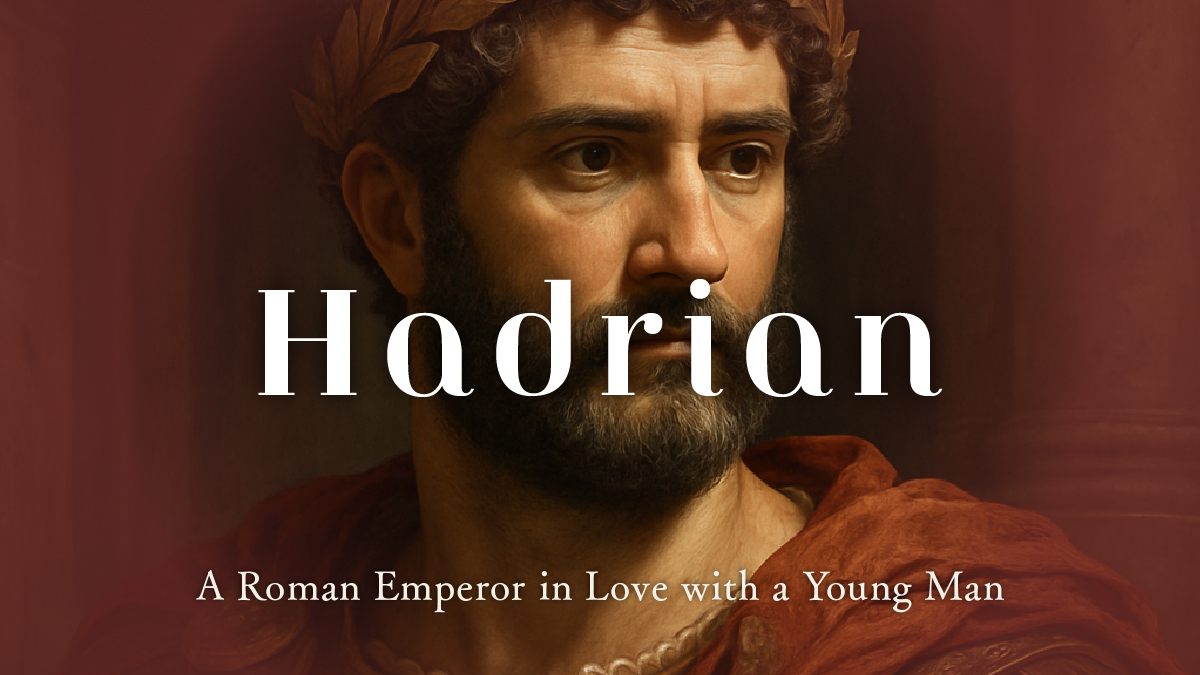

 日本語
日本語